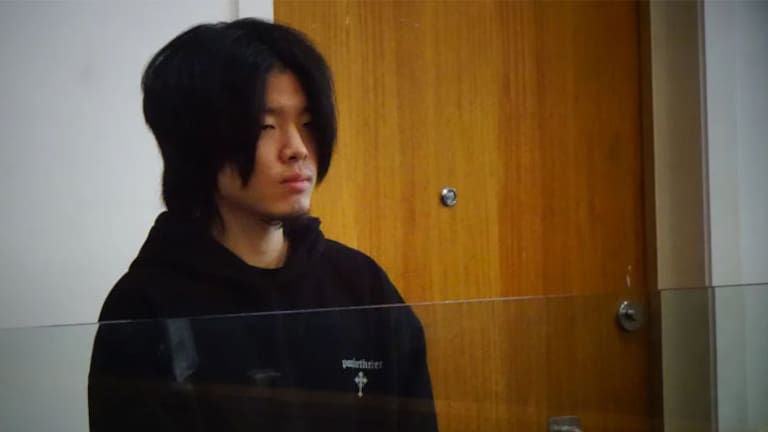A small seabird endemic to Aotearoa appears to be the worst affected by light pollution in Auckland's CBD, research has found.
From data collected by Birdcare Aotearoa, University of Auckland PhD student Ariel-Micaiah Heswall mapped where 356 seabirds, apparently disoriented by light, crash-landed over a four-year period from 2018 to 2021.
The findings have been published in the journal PeerJ.
The research described the Cook's petrel (tītī) as the worst-affected species - 247 grounded - but others affected included the grey-faced petrel (ōi), black petrel (tāiko), Buller's shearwater (rako), fluttering shearwater (pakahā), common diving petrel (kuaka), white-faced storm petrel (takahikare) and sooty shearwater (tītī). They are all either native or endemic to Aotearoa.
It also found the greater the light pollution, the greater likelihood of groundings.

The Sky Tower and the city centre were found to be hotspots for deaths and injuries, but other places where the seabirds were found included Kohimarama Beach, Mission Bay, Titirangi's Opou Reserve and Waiuku's Kitchener Rd. Browns Bay, Piha, Muriwai and Bethells Beach were also mentioned.
Twelve seabirds were grounded around the Sky Tower over the four-year period. A SkyCity spokesperson said it's not aware of any significant problem with bird strike or groundings.
"Each year we might recover five or six birds, although we haven't noticed petrels. We would be happy to speak with the bird specialists, however, to discuss how we and other businesses might help, particularly in the migratory months."
Due to the seabirds' migration patterns, April was found to be the worst month for groundings.
Heswall explained fledglings not long out of the nest are very vulnerable due to their inexperience. It's worse for petrels and shearwaters due to their under-developed vision, courtesy of being raised in dark burrows, she said.

Birds New Zealand Auckland regional representative Ian McLean earlier told 1News some northern Cook's petrel fledglings, unused to crossing over Auckland like their parents, can become disoriented by the lights during fledging in March. He explained the seabirds mistake bright lights for the moon and stars. It is worse when there is low cloud or heavy rain.
Disoriented by lights or unwell, seabirds get stuck on the ground as they're poorly suited to taking off from the flat, Heswall said – for Cook's petrels, clifftops are ideal.
Once grounded, seabirds can suffer from dehydration, starvation and predation. Some of them have collided with buildings and can die from their injuries.
According to the data, of the 356 grounded seabirds, about half - 185 - died from their injuries.

Survivors were nursed back to health by BirdCare Aotearoa, where Heswall volunteers. She also heads volunteer patrols looking for grounded Cook's petrels in the CBD to take to BirdCare.
In the wake of her research, Heswall remarked that sadly the full extent of light pollution's toll on seabirds is still unknown.
"Some birds will be trapped on rooftops or in obscure spots such as drains," she explained.
Heswall is calling on people to lessen their light pollution to help the seabirds.
"Building owners can turn off lights during migration seasons. You can close curtains in your apartment or office space at night. Streetlights can be shielded. The lighting of individual buildings and structures can be altered to be more bird-friendly."




















SHARE ME